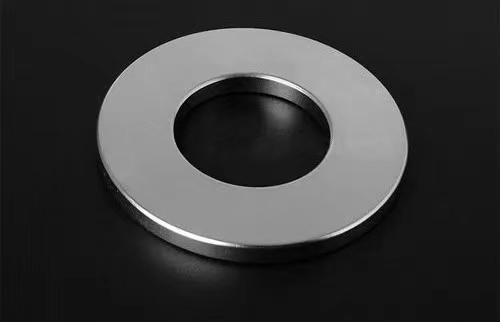We are all familiar with magnets, which can be attached to iron objects and help us fix many things. In fact, he also plays a role in many electronic products.
The magnet composed of magnets is usually between the T yoke and the washer. When the magnet volume is the same and the voice coil is the same, the performance of the magnet must have a direct impact on the sound quality of the speaker:

The greater the magnetic flux density (magnetic induction intensity), the greater the power of the speaker, and the higher the sensitivity.
(Sensitivity refers to the sound pressure level that the speaker can emit when a sine wave of 1mw and 1khz is input by the speaker. The unit of sound pressure is dB (decibel)) The greater the sound pressure, the greater the volume, so the higher the sensitivity and the higher the impedance. The smaller the speaker, the easier it is to produce sound.
Factors that will affect the quality of magnetic steel
The greater the magnetic flux density (magnetic induction), the lower the overall quality factor value of the speaker. The value (quality factor) refers to a set of parameters of the speaker damping coefficient.
The larger the magnetic flux density (magnetic induction), the better the transient response. Transient can be understood as the “fast response speed” of the magnetic steel to the signal. The loudspeaker signal with a good transient response will respond immediately as soon as the signal comes. It will never be sloppy.
There are three main types of speaker magnets on the market: AlNiCo, ferrite and Rubidium:
Ferrite: The most common and earliest known magnet, it’s a black round magnet, characterized by large size and low price. Ordinary ferrite magnets are generally mainly used for the most basic products.

Rubidium: A widely used magnet material nowadays, it has a strong magnetic force, which is 7 times that of ferrite. The disadvantage is that it is unstable and easy to demagnetize, so it cannot completely replace ferrite. Rubidium magnets are mainly used in high-end products with good sound quality. For the requirements of the working environment of the speaker, the appropriate rubidium can be selected according to the temperature resistance. For example: N(80℃), M(100℃), H(120℃), SH(150℃), UH(180℃), EH(200℃).

AlNiCo is the earliest magnet used in speakers, such as treble speakers in the 1960s (known as tweeters). Generally made into an internal magnetic horn. The disadvantage is that the power is small, the frequency range is narrow, it is hard but brittle, and it is very inconvenient to process. In addition, cobalt is a scarce resource, and the price of AlNiCo is relatively high. From the perspective of cost-effectiveness, the use of AlNiCo for speaker magnets is relatively small.
The thicker the magnet, the better the speaker?
Not necessarily, many brand-name speakers only have one layer of magnetic steel, because the quality of the magnetic steel is good enough, the power is suitable, and the bass technology doing well too, making the bass frequency very low.

The large magnet means that the speaker can withstand high power. It requires high power amplifier power but not good bass.
The larger the magnet, the better the speaker?
It’s not that bigger is better: magnets are divided into high-density, low-density, strong magnetic, weak magnetic, etc. If it is a speaker with a low-density weak magnet, it will not have a good effect no matter what, and it is inconvenient to install due to its large size.

Regarding the fixation of the speaker magnet, the method of bonding is generally adopted. The current bonding agent is still very good. If the process is reasonable, there is basically no need to worry about the magnet falling off.
